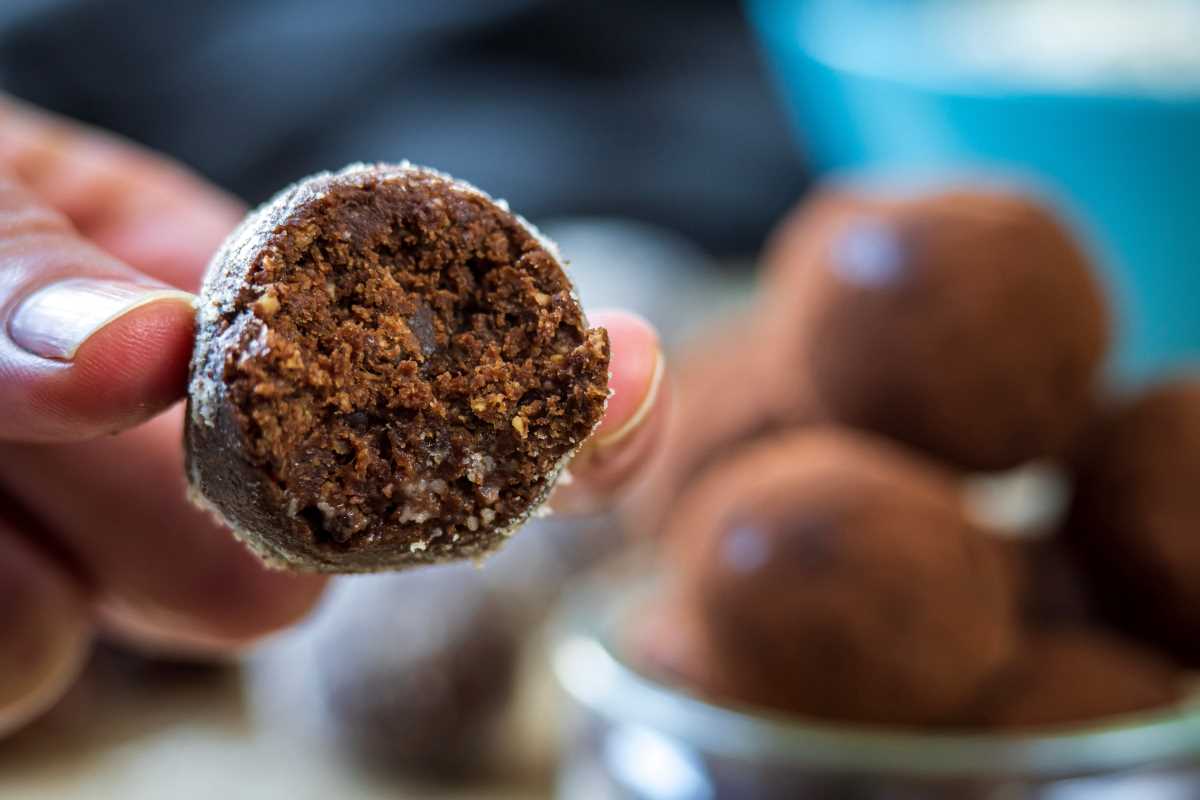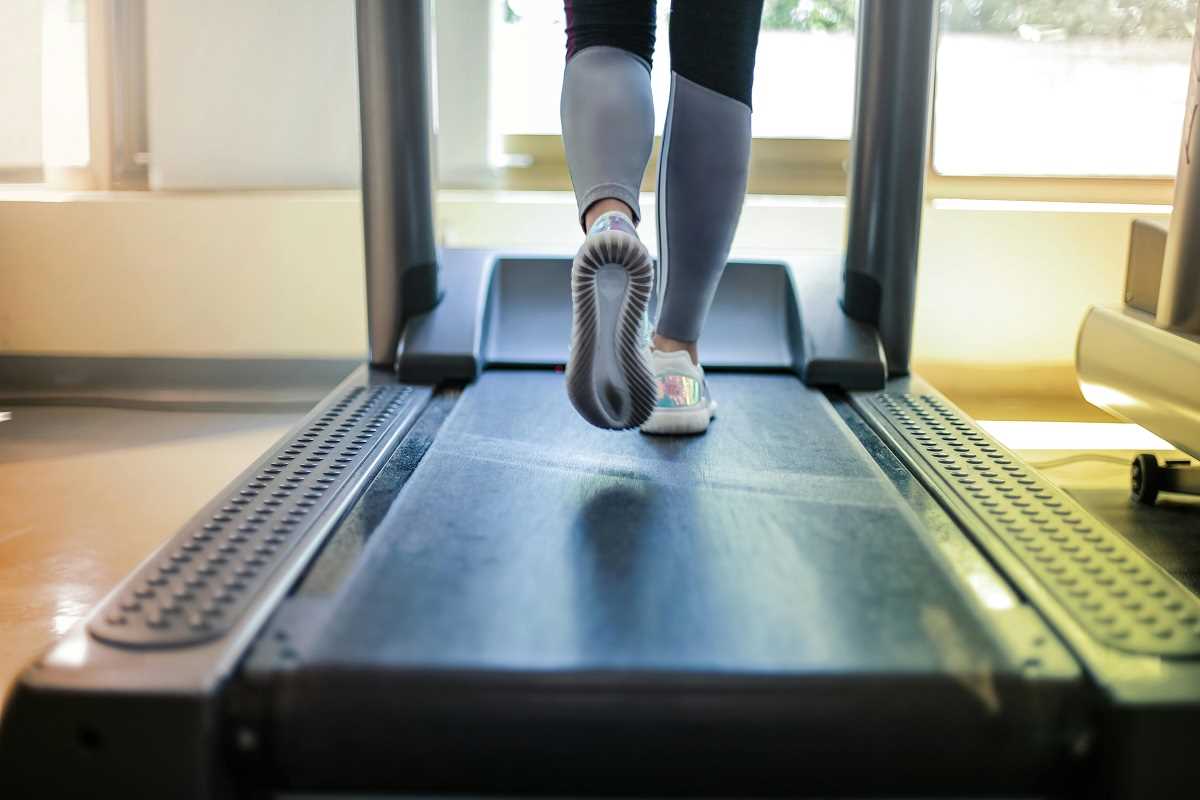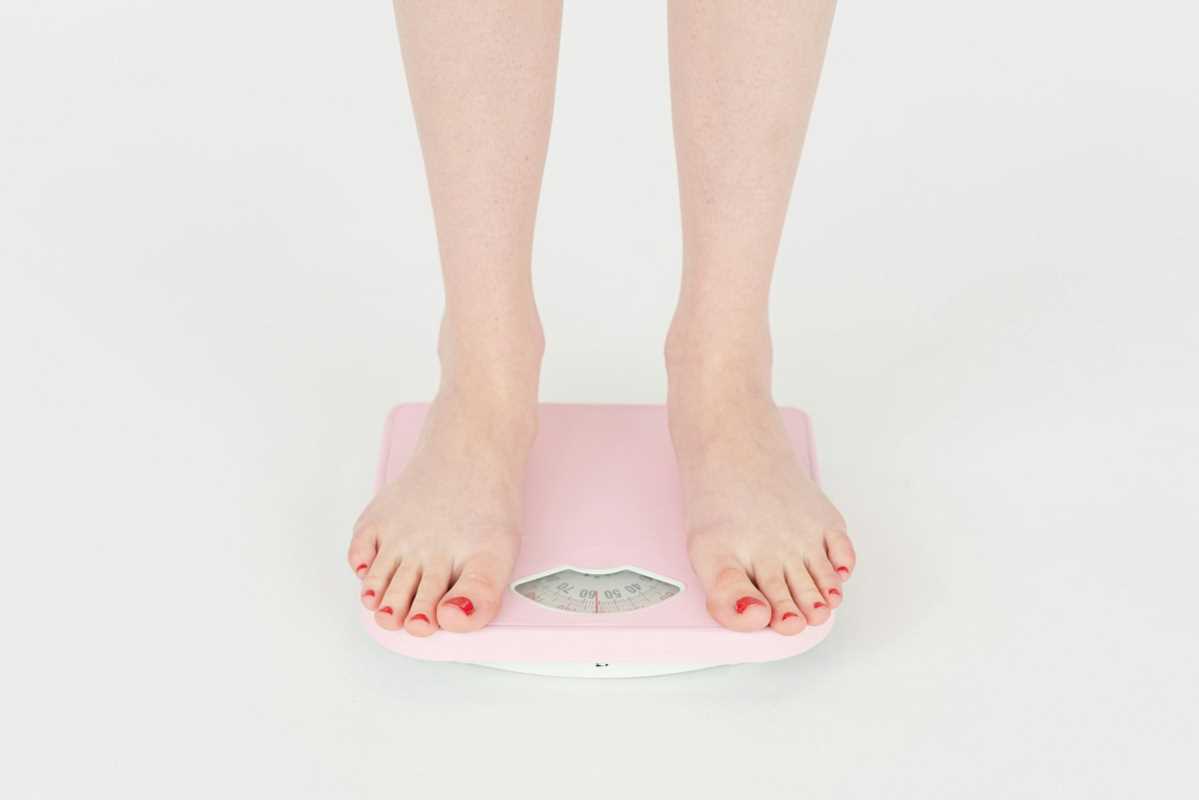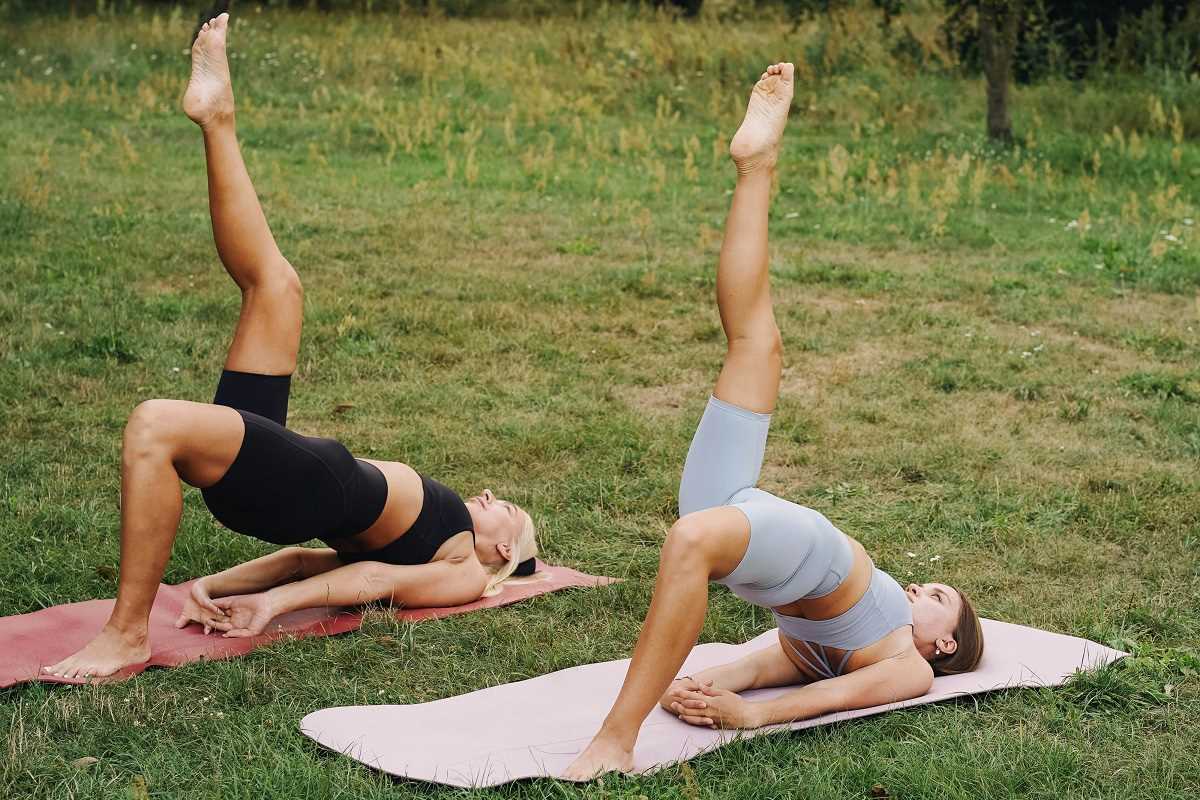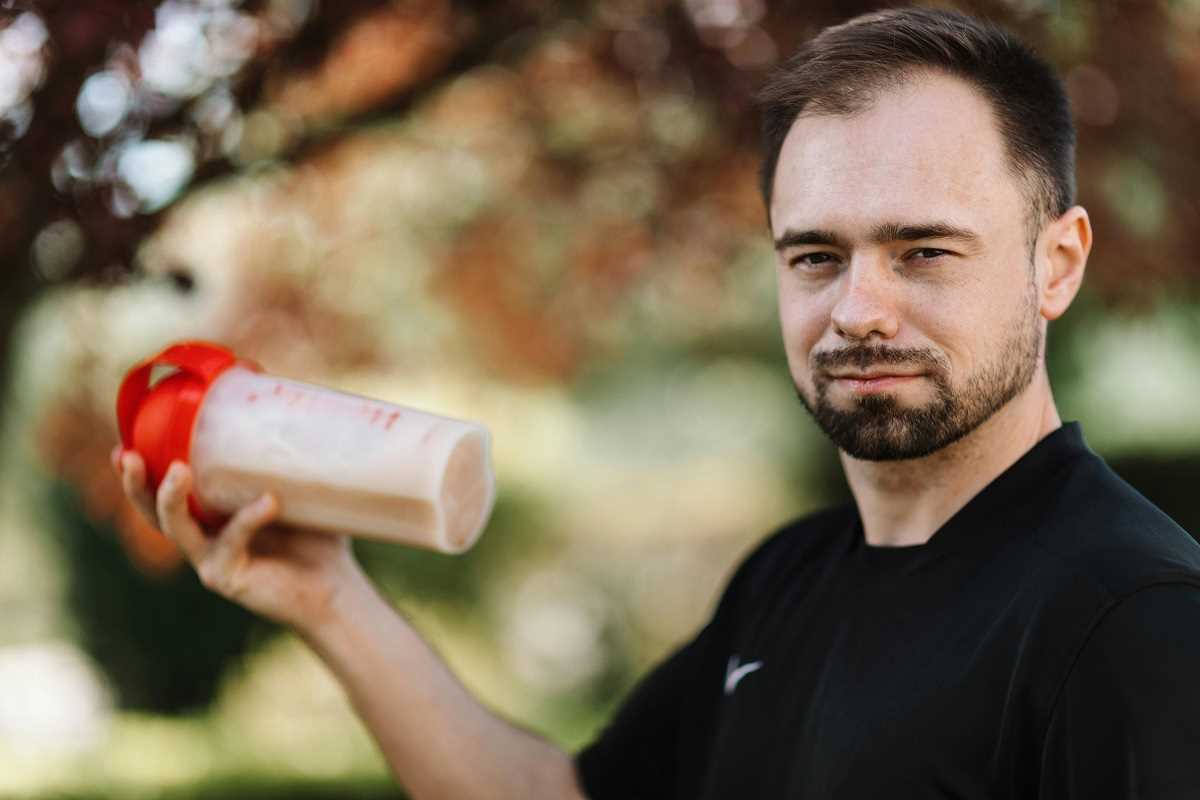When it comes to exercising, many people think they need a gym membership or fancy equipment to get a good workout. But here’s the truth: your body is the ultimate tool for fitness. Bodyweight exercises are the perfect way for beginners to improve their fitness, whether you're completely new to working out or easing back into a routine after some time off. They’re simple, effective, and, best of all, can be done anywhere. No gym? No problem!
Not sure where to start? Don’t worry. This guide will not only show you the benefits of bodyweight exercises but also provide useful tips to help you succeed and an expanded list of beginner-friendly moves to get you started on your fitness journey.
Why Bodyweight Exercises Are Perfect for Beginners
Bodyweight exercises rely on one thing: you. By using your own body as resistance, you can strengthen muscles, improve balance, boost endurance, and build flexibility. Here’s why they’re particularly awesome for beginners:
Accessible and Convenient
Forget the gym membership or expensive equipment. Bodyweight exercises require nothing more than a bit of space, making them perfect for those who want to work out at home, outdoors, or even while traveling. Whether you’re in your living room or a hotel room, you can get a great workout without any hassle.
Scalable for All Levels
One of the best things about bodyweight exercises is their adaptability. Even if you’re a complete novice, you can modify moves to match your current ability. For example, can’t do a full push-up yet? Start with knee push-ups or incline push-ups against a sturdy surface like a countertop. Progress comes gradually, and you’ll be amazed at how quickly your strength improves.
Full-Body Benefits
Bodyweight exercises often engage multiple muscle groups simultaneously. For example, squats work not just your legs but also your core, engaging you from head to toe. Other exercises, like planks or burpees, enhance coordination, stability, and overall body balance.
Gentle on Joints
Unlike heavy weightlifting or high-impact cardio moves, bodyweight exercises are lower impact and less likely to cause joint stress or injury when performed correctly. This makes them an excellent, safe choice for beginners or anyone recovering from a previous injury.
Budget-Friendly
A common myth is that fitness requires a big budget. Fancy gear and elite studios are great, but they’re not necessary. Bodyweight exercises only require determination and a bit of open space. With these exercises, fitness is accessible to everyone, regardless of financial status or location.
Build Confidence
Starting a fitness routine can be intimidating, especially if you’re unfamiliar with gyms or equipment. Bodyweight exercises help you build a strong foundation and confidence in your movements, preparing you for more advanced workouts in the future.
Tips for Success as a Beginner
Starting anything new requires some trial and error, but these tips can help set you on the right path:
- Warm Up First: Always begin your workout with a proper warm-up. This not only reduces the risk of injury but also improves your performance. Examples of warm-up exercises include arm swings, jumping jacks, or light jogging in place. Aim for 5–10 minutes of movement to get your blood flowing.
- Prioritize Good Form: Proper form is crucial when performing bodyweight exercises. Not only does it help you target the right muscles, but it also prevents injuries. For example, always keep your back straight during squats and lunges. If you’re unsure about your form, a mirror can be a useful tool for checking your posture.
- Start with Short Workouts: If you’re new to exercise, short sessions of 15–20 minutes can be highly effective. Over time, you can increase the duration or intensity of your workouts as your stamina and strength improve.
- Set Realistic Goals: Don’t expect to master every move immediately. Start with exercises that feel approachable, and set small, achievable goals. For example, aim for two workouts a week at first and work your way up to four as you feel comfortable.
- Stay Consistent: Fitness is a marathon, not a sprint. Small, consistent efforts will yield better results over time than extreme bursts of activity followed by long breaks. Aim for dedicated fitness sessions 3–4 times weekly, and remember that progress takes patience.
- Listen to Your Body: A little soreness is a normal part of starting a new workout. However, sharp or persistent pain is a sign to stop. Rest when necessary and don’t ignore signs of overtraining.
- Celebrate Progress: Keep a log of your workouts, including the number of reps, sets, or time holding a position. Over time, you’ll see measurable improvements, which can serve as excellent motivation.
Expanded List of Beginner-Friendly Bodyweight Exercises
Here’s an expanded set of exercises to help ensure variety in your workout routine. Try incorporating these moves to engage different parts of your body:
1. Squats
A functional movement that strengthens your lower body while improving balance and flexibility.
- Pro Tip: To deepen the benefits, pause at the bottom of the squat for 2–3 seconds before returning up.
2. Knee Push-Ups
A modified version of the regular push-up to help you build upper-body strength gradually.
- Pro Tip: Keep a straight line from your head to your knees, ensuring your hips don’t sag or stick up.
3. Plank Jacks
Take the classic plank and add some cardio!
- From a high plank position, jump your feet out and back in continuously, like a jumping jack.
- Pro Tip: Keep your core tight and avoid letting your hips drop as you jump.
4. Step-Out Lunges
A variation of the lunge where you step out to the side instead of backward.
- Focuses on your inner thighs and helps strengthen stabilizing muscles.
- Pro Tip: Stay low for more intensity.
5. Wall Sits
Simple but oh-so-effective for building endurance.
- Place your back against a wall, slide down into a seated position, and hold for 20–40 seconds. Work up to a full minute!
6. Side Plank
Targets your side core muscles (obliques).
- Rest on one forearm while keeping your body aligned.
- Pro Tip: Drop to your knees for a modified version.
7. Modified Burpees
A simpler version of the traditional burpee.
- Squat down.
- Walk your feet back to a plank instead of jumping.
- Walk your feet back in and stand up.
- Pro Tip: This version is joint-friendly while still getting your heart rate up!
8. Toe Taps
A quick cardio move. Tap your toes alternately on an elevated surface, like a step or secure box.
- Pro Tip: Increase the tempo for a higher heart rate!
9. Dead Bugs
A fun core-stabilizing move. Lie on your back, arms extended toward the ceiling, and knees bent at 90 degrees. Lower opposite arm and leg slowly, keeping your core engaged, then return to starting. Alternate sides.
10. Standing Calf Raises
Strengthen your lower legs by lifting your heels off the ground and pausing for 2–3 seconds before lowering.
Updated 20-Minute Beginner Bodyweight Workout Plan
Try this step-by-step routine for a full-body workout that’s ideal for any beginner:
- Warm-Up (5 minutes):
- Light cardio (jumping jacks, arm swings, jogging on the spot).
- Main Workout (Repeat 3 Rounds):
- 10 Squats
- 6 Modified Push-Ups
- 20-Second Side Plank (each side)
- 8 Reverse Lunges (each leg)
- 10 Glute Bridges
- 8 Bird Dogs (each side)
- Finish with Cool Down (5 Minutes): Stretch your major muscle groups. Focus on deep breathing and relaxing your muscles.
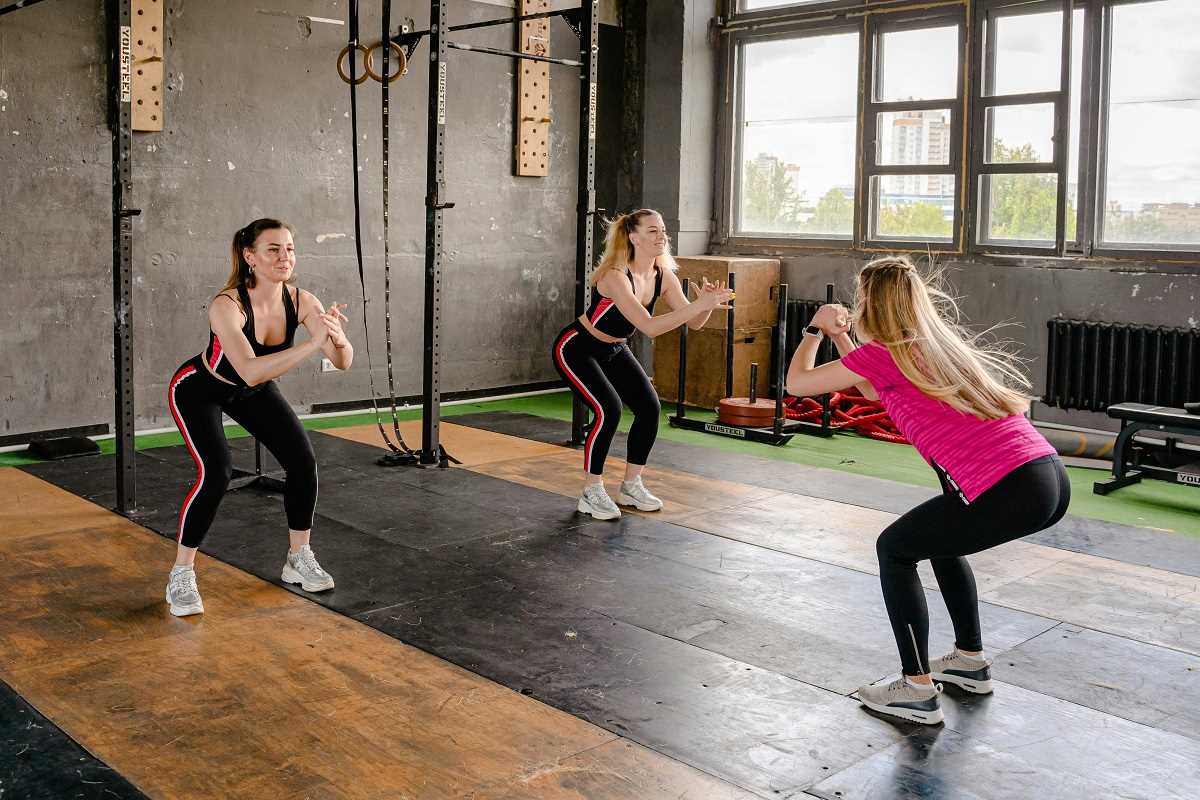 (Image via
(Image via
